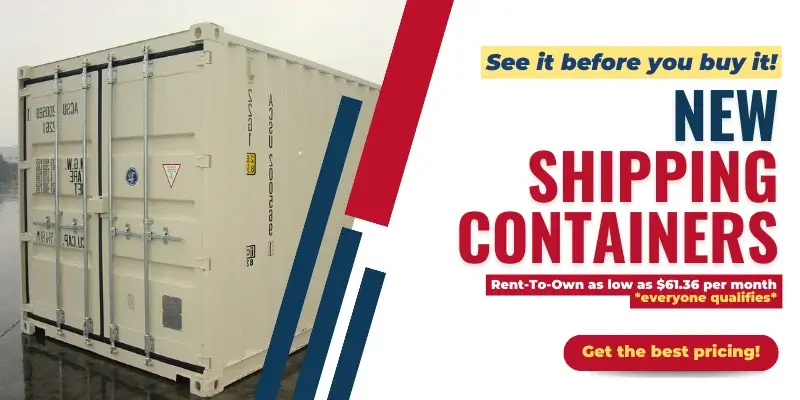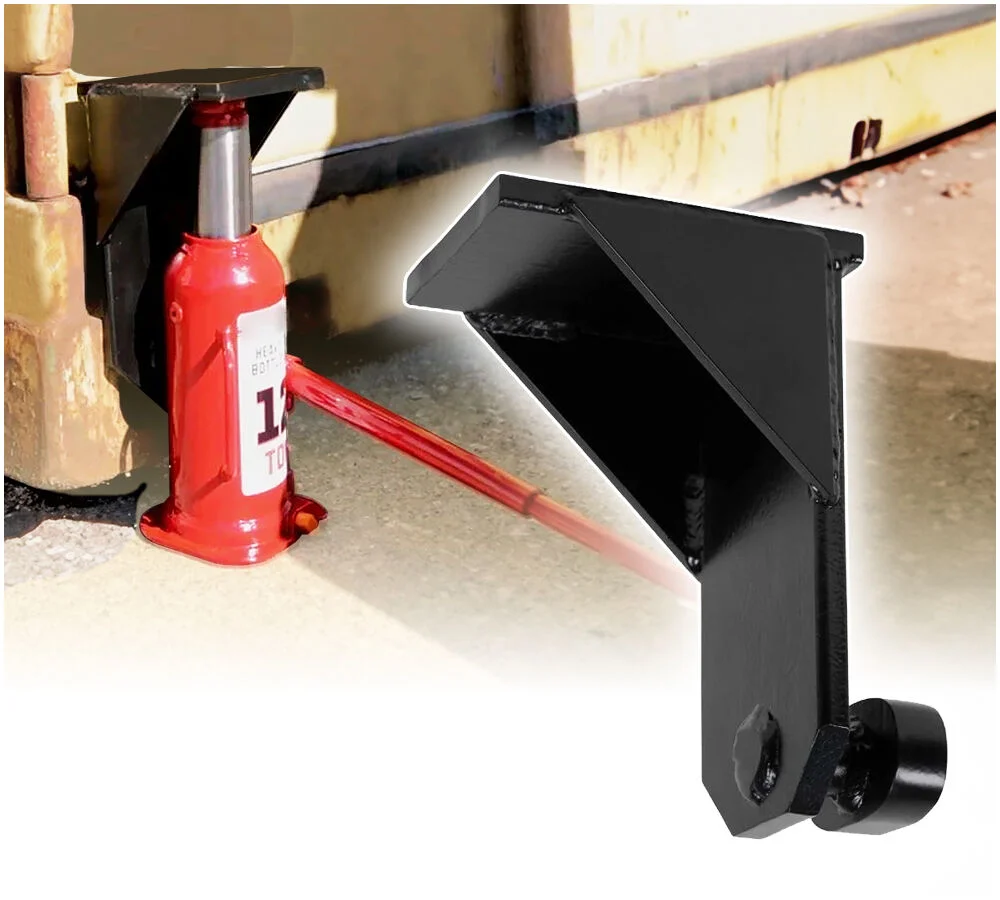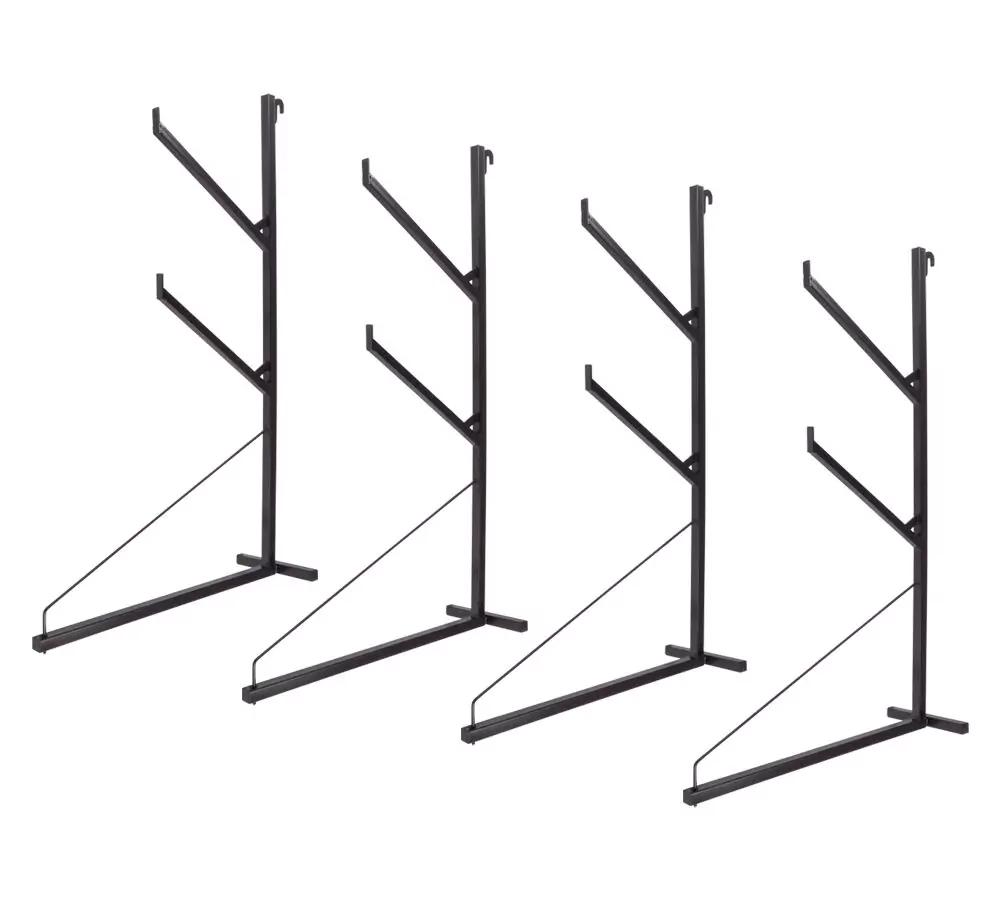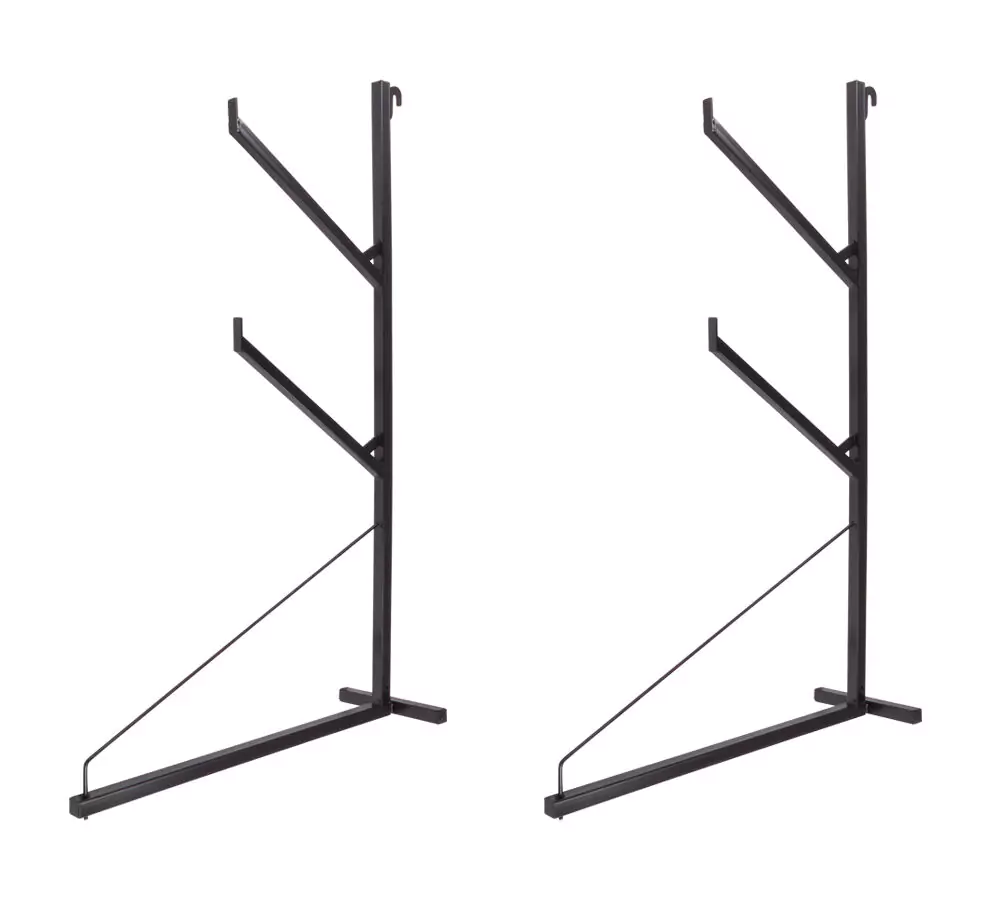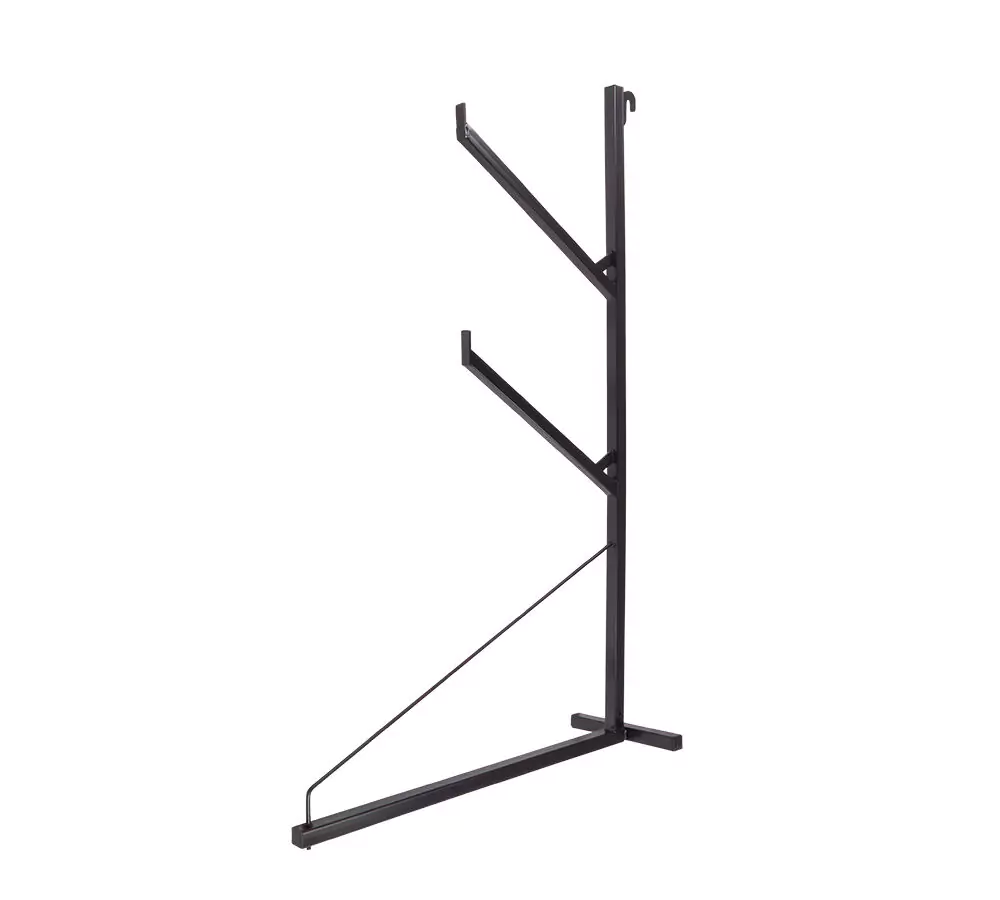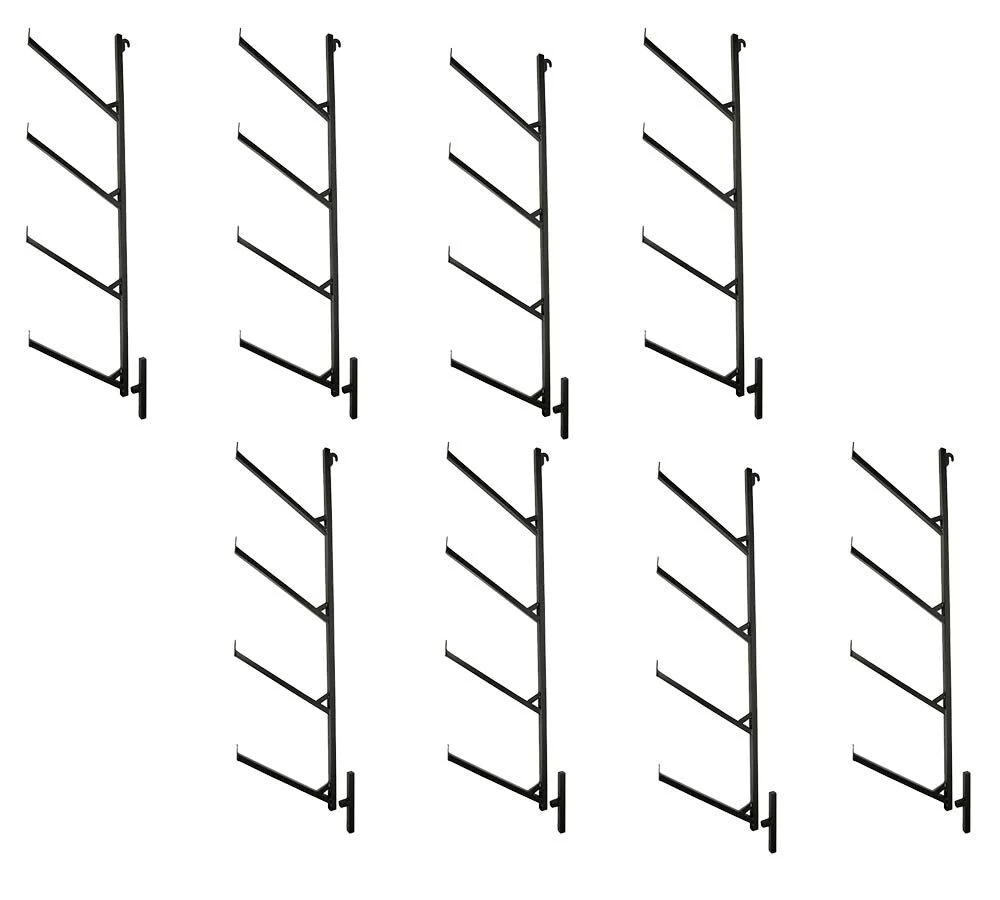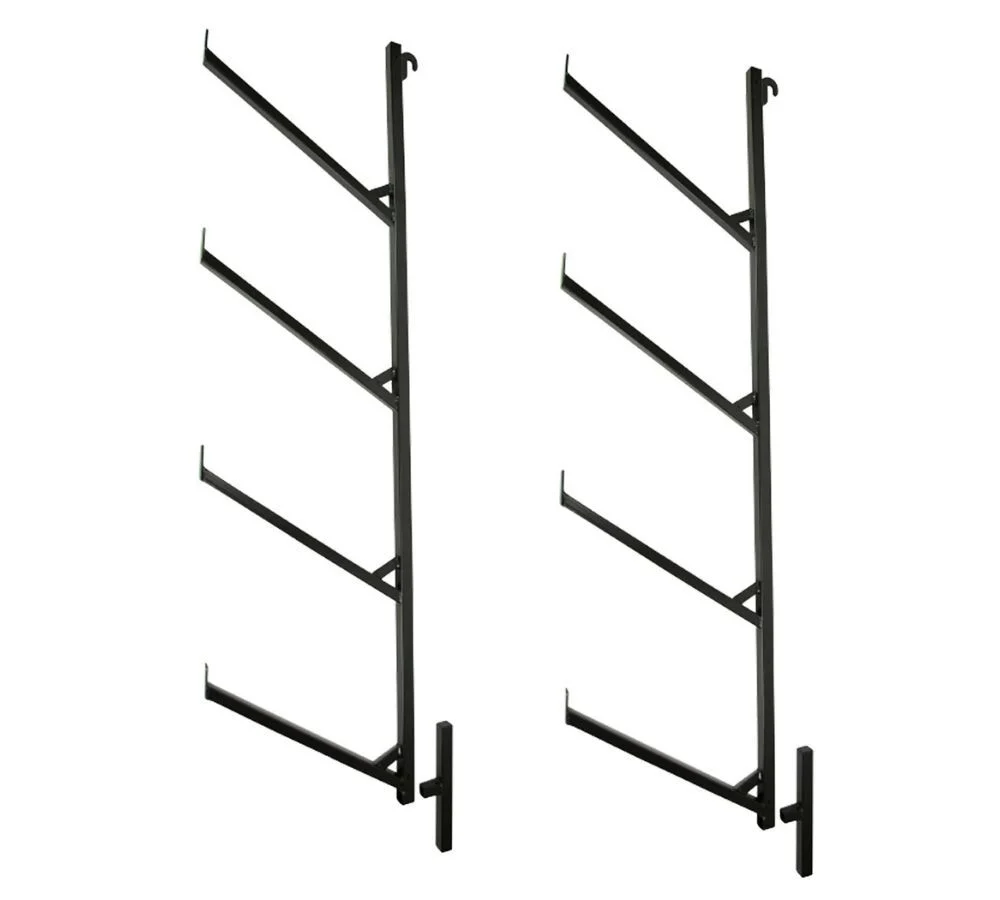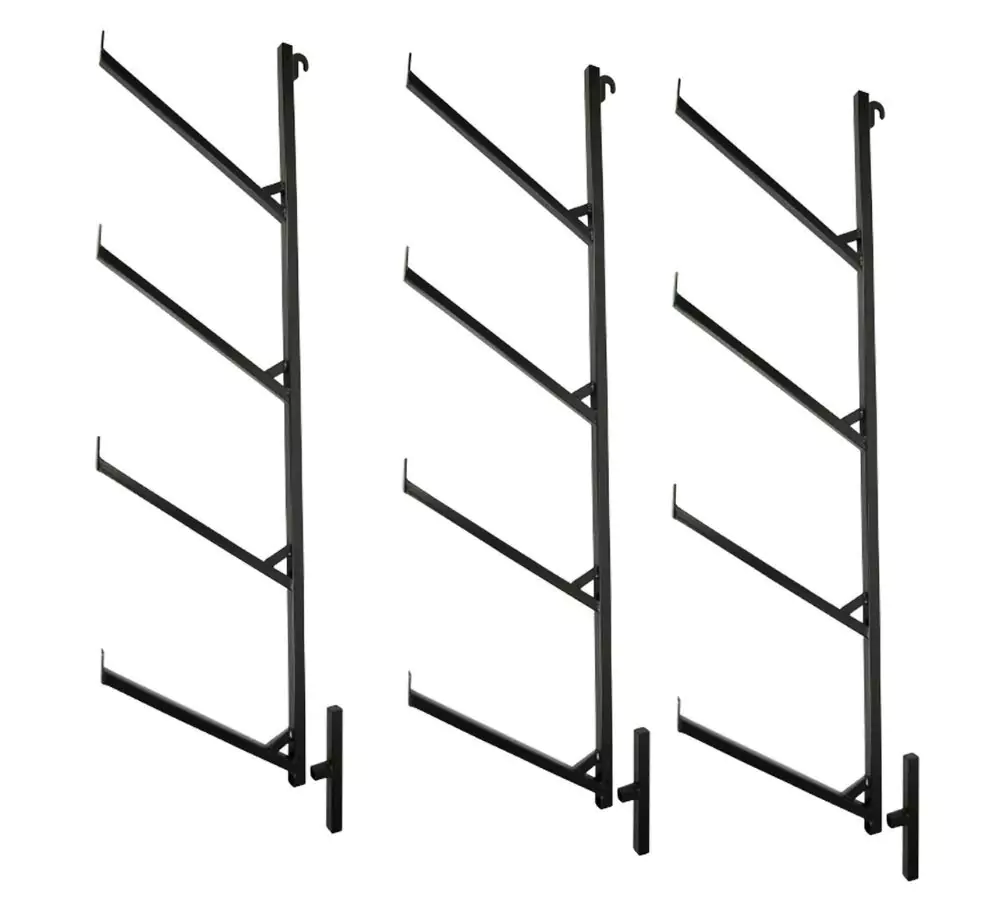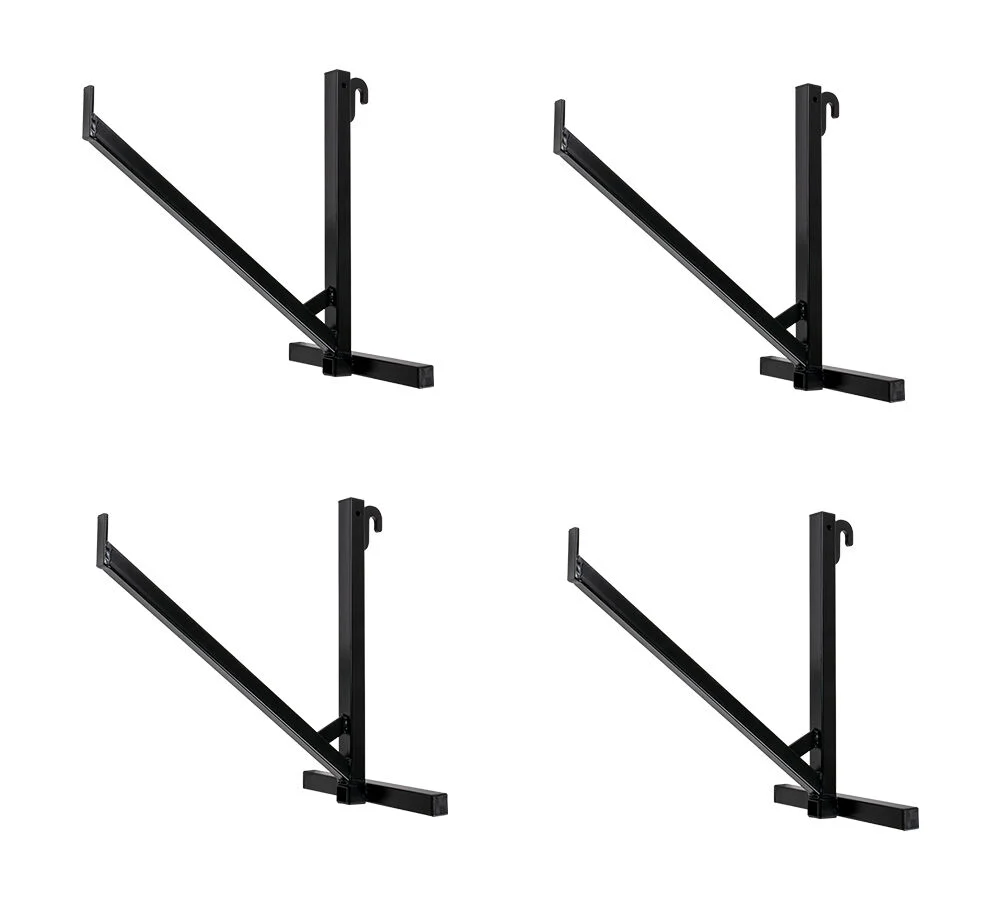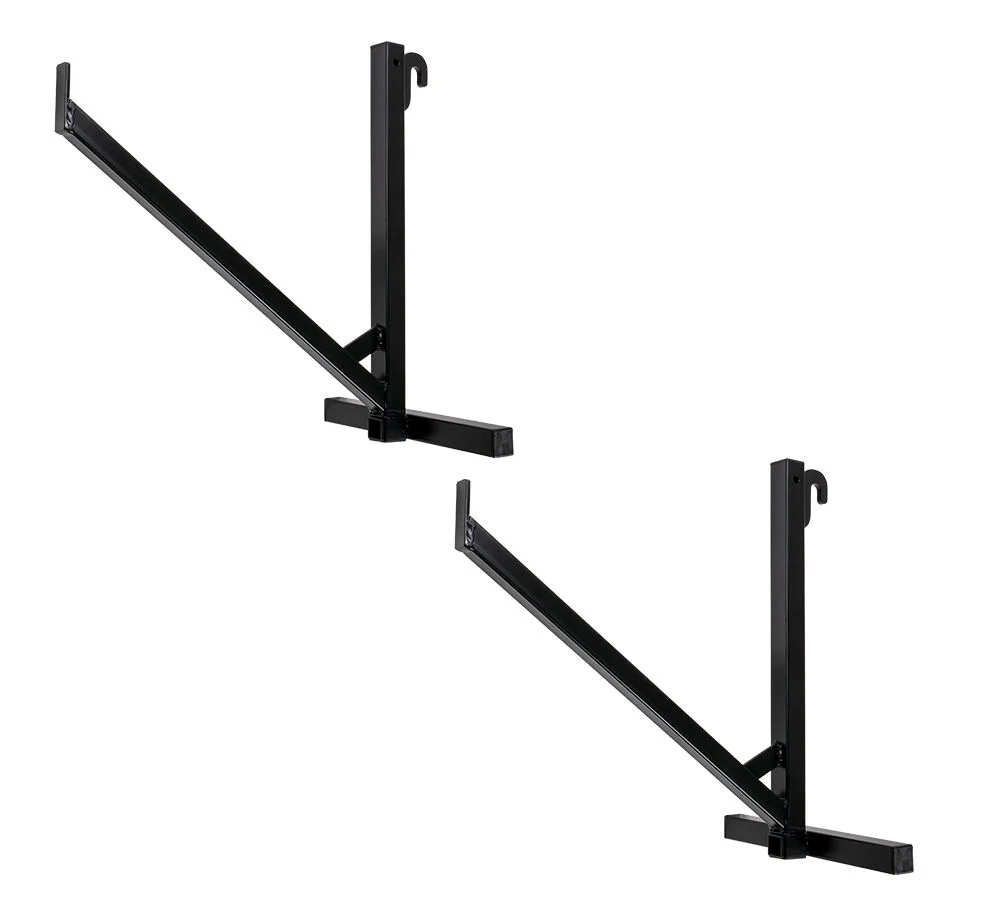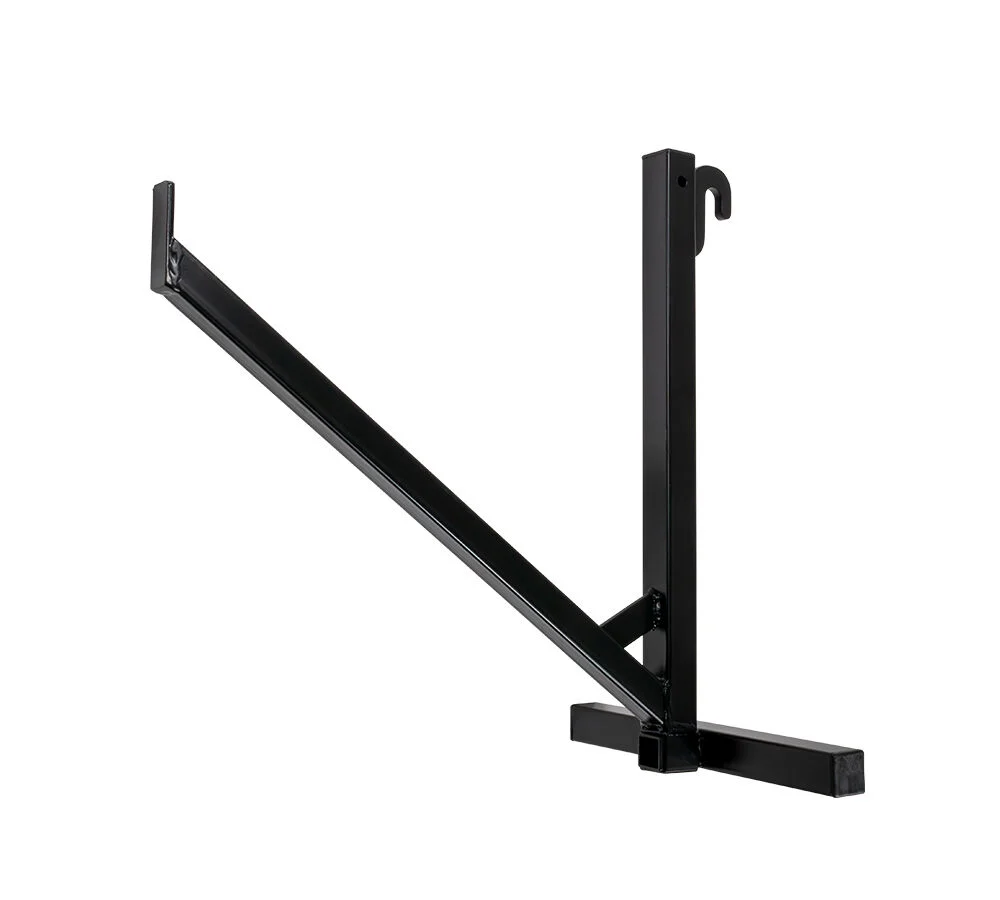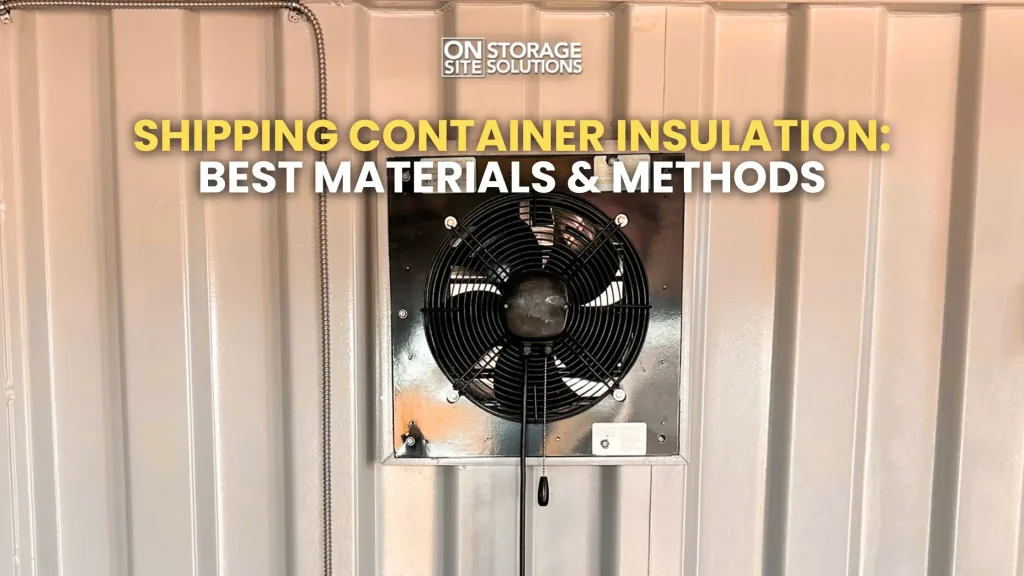
Shipping container ventilation has become incredibly important, transforming shipping containers into everything from storage units to workshops and even homes. That’s why it is crucial to know how to install shipping container ventilation to ensure a comfortable and safe environment.
This guide will walk you through why ventilation for shipping containers is essential and how to install different ventilation systems effectively.
Why is Shipping Container Ventilation So Important?
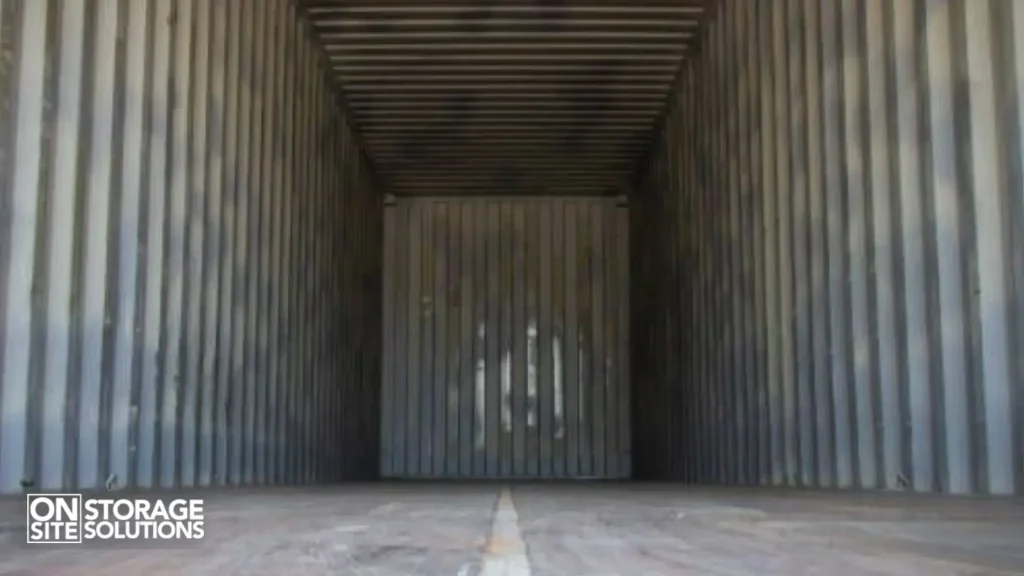
Standard shipping containers are designed to be wind and watertight, which is excellent for protecting cargo during transport. This also means they can trap moisture, heat, and fumes if not properly ventilated. Without adequate airflow, you could encounter several issues:
- Condensation: When warm, humid air meets the cold steel walls of the container, condensation forms. This can damage stored items, cause mold and mildew growth, and lead to rust.
- Heat Buildup: Shipping containers absorb heat, especially in direct sunlight. This can make the interior uncomfortably hot and can even damage heat-sensitive items or create dangerous situations with flammable materials.
- Fume Accumulation: If you store paints, chemicals, or other items that emit fumes, these can build up inside the container, creating a health hazard.
- Poor Air Quality: Stagnant air can become stale and unpleasant. This is a serious concern if you’re using the container as a workspace or living space.
Understanding Your Ventilation Needs
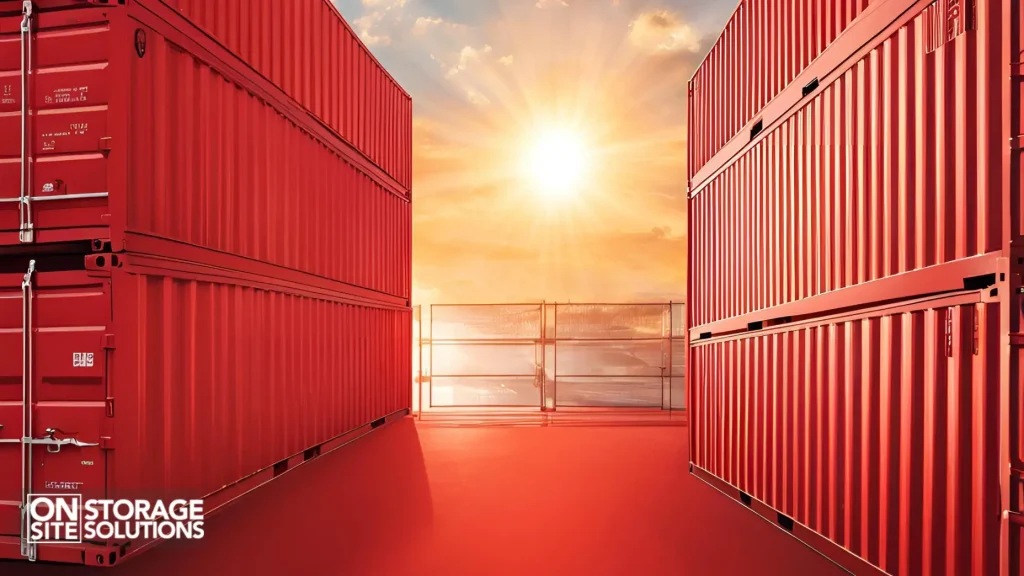
Before diving into installation, assess what you will be using the shipping container for, as well as your location, as these factors will influence your ventilation needs.
- Type of Stored Items: Sensitive items like electronics, documents, and artwork require good air circulation and temperature control.
- Climate: Containers in hot, humid, or extreme weather will require more ventilation than those in moderate climates.
- Location: Containers in direct sunlight or corrosive environments might need additional ventilation
Ventilation Options: Types of Systems for Shipping Containers
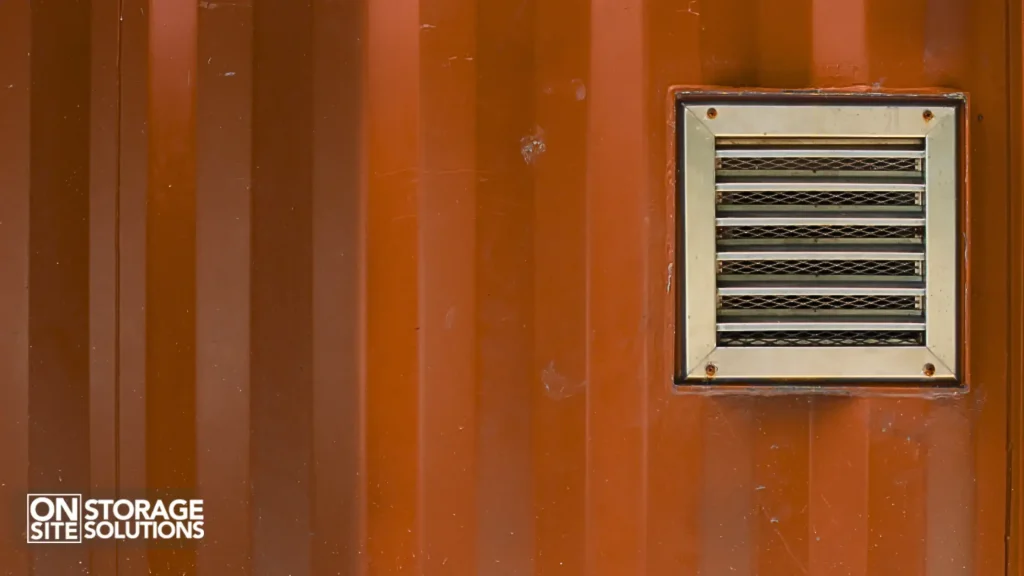
There are several ventilation options to consider, each with its advantages and disadvantages:
1. Passive Vents: These vents rely on natural air movement. They are the simplest and most cost-effective option to circulate air.
- How they work: Wind creates a flow of air through the container, entering through one vent and exiting through another, creating shipping container airflow.
- Types: Louvred vents are a common choice.
- Advantages: Easy to install, low cost, and energy-efficient.
- Disadvantages: May not be sufficient in extreme conditions or for high moisture levels.
- Best Use: Basic storage, non-temperature sensitive items.
2. Active Vents: These use mechanical fans to move air.
- How they work: Extractor fans pull air out, while supply ventilation systems bring fresh air in. A balanced system uses both.
- Types: Extractor fans, supply fans, and balanced systems.
- Advantages: More consistent airflow.
- Disadvantages: Require electricity and are more expensive to install.
- Best Use: Workspaces, living spaces, or when storing sensitive materials.
3. Roof Vents: These vents release trapped heat from the top of the container.
- How they work: Hot air rises and is expelled through the vent. Turbine vents (whirlybirds) use wind to enhance this process. Some have solar-powered options.
- Types: Turbine vents and solar vents.
- Advantages: Effective for releasing heat.
- Disadvantages: May not provide complete airflow and roof vents can interfere with stacking.
- Best Use: Permanent storage, shipping container homes, and containers in hot climates.
4. Foundation Vents: These are passive vents placed near the floor to allow for airflow at the base of the container.
- How They Work: These vents allow air to flow along the bottom of the container.
- Best Use: Long-term storage containers raised off the ground. These should NOT be used if the container is on a slab foundation, as rainwater could enter through the vents.
How to Install Ventilation Systems: A Step-by-Step Guide
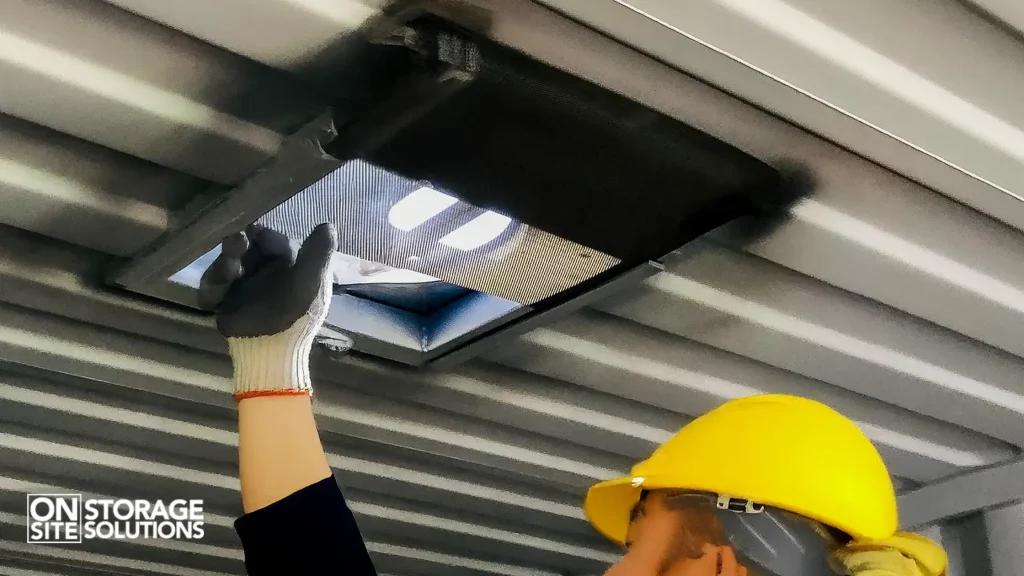
Before you install ventilation, gather your tools and materials:
- Shipping container vents (louvered, turbine, etc.)
- Tape measure
- Marker
- Metal cutting tool (angle grinder or jigsaw)
- Drill with metal drill bits
- Safety gear (gloves, goggles, ear protection)
- Sealant (silicone caulk or polyurethane)
- Screws or rivets
Step-by-Step Guide on How to Install Shipping Container Ventilation
1. Determine Vent Placement:
- For passive cross ventilation, place vents on opposite sides of the container. Place them high on the walls for temperature regulation.
- For roof vents, install them at the highest point of the container.
- Consider the container’s use and the type of items stored to determine optimal vent placement.
2. Measure and Mark:
- Use a tape measure and marker to mark the desired vent locations.
- Ensure there is enough space for the vent, avoiding structural elements.
3. Cut Openings:
- Put on your safety gear.
- Carefully cut along the marked lines using a metal cutting tool.
- Follow the manufacturer’s instructions for your tool.
4. Install the Vents:
- Place the vent frame over the opening, ensuring a proper fit.
- Drill pilot holes through the vent’s mounting holes.
- Secure the vent with screws or rivets.
5. Seal the Vents:
- Apply sealant around the vent’s edges, covering any gaps.
- Let the sealant set fully as per the manufacturer’s guidelines to guarantee a secure and watertight seal.
Additional Steps for Optimal Shipping Container Airflow
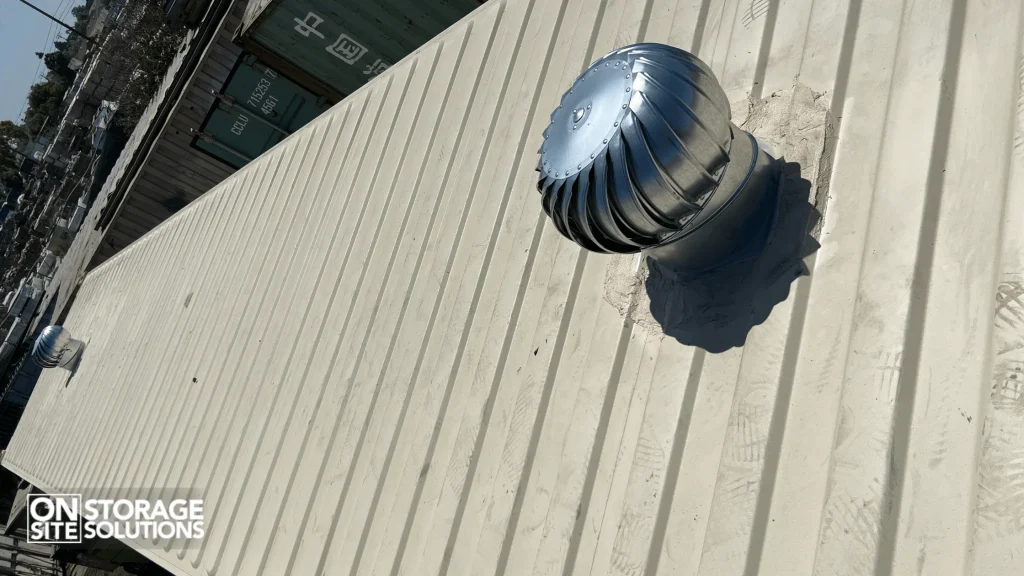
- Foundation Vents: Install foundation small vents at the base for airflow along the bottom, but only on raised containers.
- Turbine Vents: Install these on the roof for containers used for permanent storage or homes.
- Active Vents: Install extractor and supply fans based on your needs. Balanced systems are ideal.
- Professional Installation: For complex systems or if you are not comfortable with DIY, consult a professional for ventilation system installation.
Maintaining Your Shipping Container Ventilation System
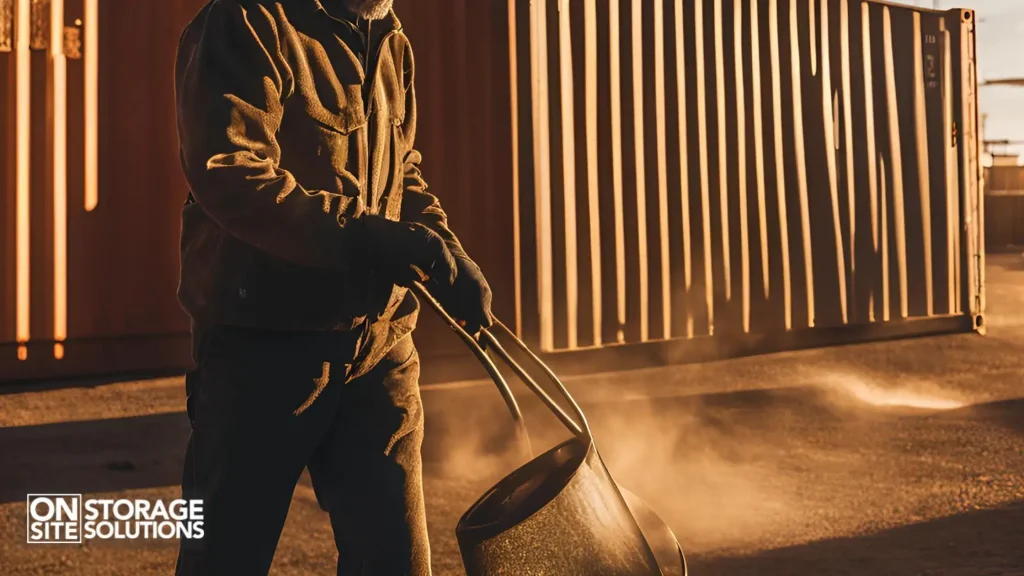
Regular maintenance ensures optimal performance:
- Inspect Regularly: Check for debris, damage, or blockages. Look for signs of rust or corrosion.
- Clean Vents: Remove dust, cobwebs, and debris using a brush, vacuum, or compressed air.
- Monitor humidity: Track humidity levels by using a hygrometer for accurate monitoring.
- Assess Efficiency: Check for stale air, odors, or mold. Upgrade your system if necessary.
- Seasonal Maintenance:
- Winter: Clear snow and ice from vents, and consider insulating them to prevent heat loss.
- Summer: Ensure enough airflow. Consider shade structures or additional vents.
Beyond Ventilation: Additional Strategies for Temperature Regulation
Shipping container airflow is vital, but you can further enhance your container’s environment with these additional steps:
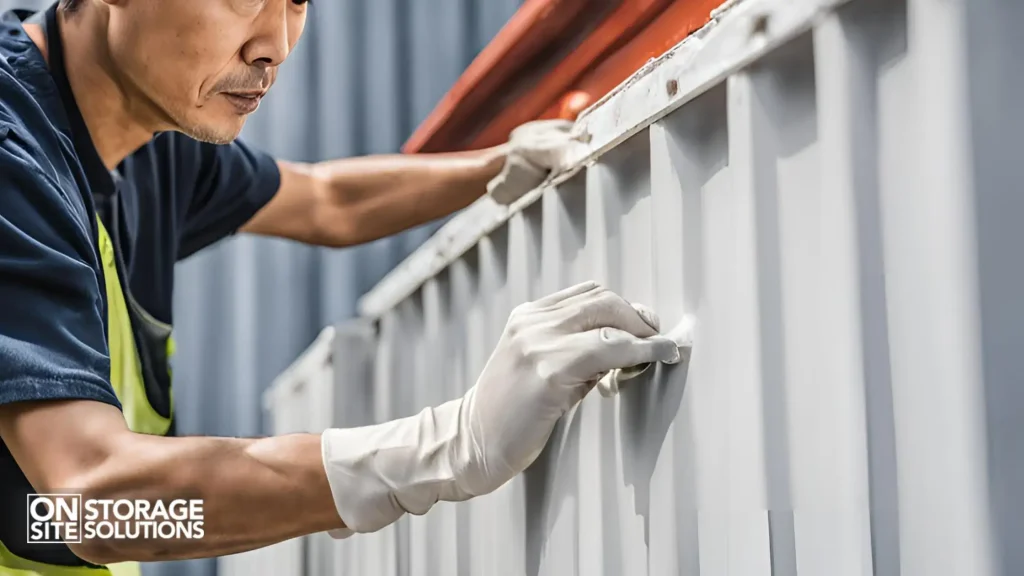
- Shipping Container Insulation: Insulate walls, ceiling, and floors with foam, fiberglass, or spray foam. This how to insulate a shipping container steps can help you maintain consistent temperatures and reduce condensation.
- Climate Control: Consider installing an air conditioner or heater for precise temperature and humidity levels.
- Painting: Painting the roof white can reflect sunlight and reduce heat absorption.
- Secondary Roof: Adding a secondary roof with an air gap can help to reduce heat.
Conclusion
Proper shipping container ventilation is a critical element for preserving your belongings, creating a healthy environment, and ensuring the longevity of your container. By understanding your needs, choosing the right system, and following the steps for proper installation and shipping container maintenance, you can protect your container and make it a more enjoyable space.
Opting for simple passive vents or a more complex active system, the key is to prioritize proper ventilation to avoid the many problems that can arise from stagnant air and extreme temperatures.
Related Article:
For more information on maintaining your container’s temperature, see our blog post on Temperature Regulation: How to Keep Shipping Containers Cool.
If you are ready to buy a shipping container, visit On-Site Storage Solutions or call us at (888) 977-9085 for more information and container purchasing options.



